How To Integrate TinyMCE Editor in Laravel 8?
In this post, I will share how to install or integrate Laravel TinyMCE Editor. You will learn how to save, update and show content from TinyMCE on this article.
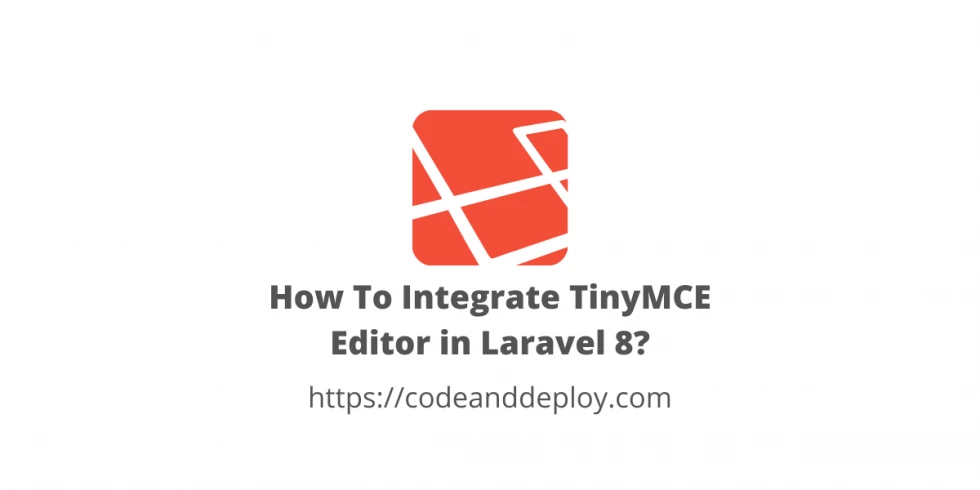
In my previous posts, I shared how to install TinyMCE with advanced configurations just search it with my previous blogs for you to learn. In this post, I will share how to integrate or implement TinyMCE Editor in Laravel 8. Adding a WYSIWYG editor in your Laravel application to your content management will be easier to format HTML view and display on your web page.
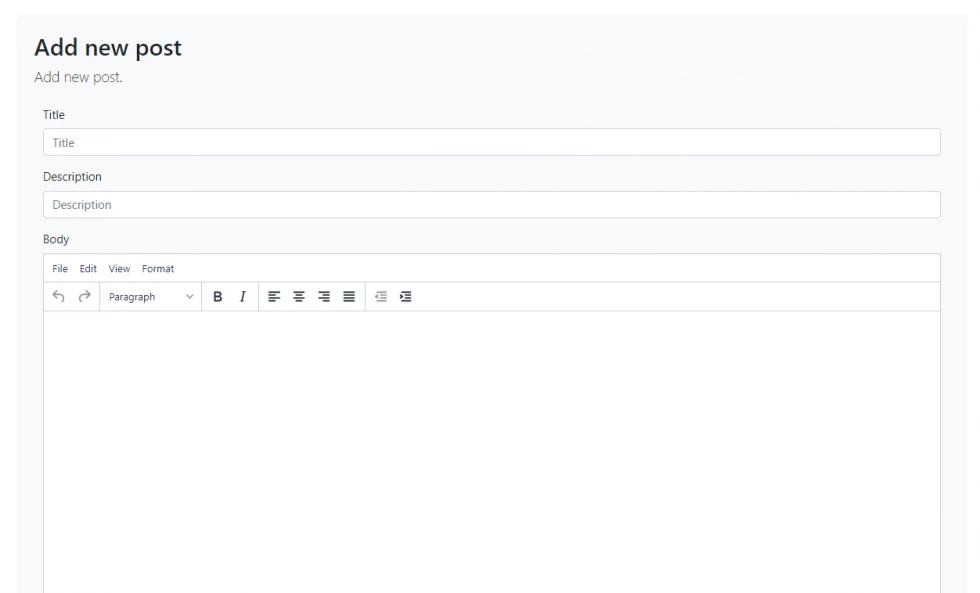
Now let's do the basics in this example I will share creating, viewing, and updating content using TinyMCE. We know that TinyMCE is one of the best Free WYSIWYG powerful editors that many applications using TinyMCE.
Okay, let's continue. I assume that you installed already your Laravel.
Step 1: Table Setup
Let's create a posts table migration. Here is the example below:
Run the below command first to create a migration:
php artisan make:migration create_posts_tableThen add the following code inside up() method in your created migration.
Schema::create('posts', function (Blueprint $table) {
$table->id();
$table->unsignedBigInteger('user_id');
$table->string('title', 70);
$table->string('description', 320);
$table->text('body');
$table->timestamps();
$table->foreign('user_id')
->references('id')
->on('users')
->onDelete('cascade');
});As you can see I already added the user_id as an author for the post. So it's up to you if you want to implement it.
Next, run the following command:
php artisan migrateStep 2: Setup Routes
Next, we will set up our posts routes. Add the following code to your routes file.
/**
* Posts Routes
*/
Route::group(['prefix' => 'posts'], function() {
Route::get('/', 'PostsController@index')->name('posts.index');
Route::get('/create', 'PostsController@create')->name('posts.create');
Route::post('/create', 'PostsController@store')->name('posts.store');
Route::get('/{post}/show', 'PostsController@show')->name('posts.show');
Route::get('/{post}/edit', 'PostsController@edit')->name('posts.edit');
Route::patch('/{post}/update', 'PostsController@update')->name('posts.update');
Route::delete('/{post}/delete', 'PostsController@destroy')->name('posts.destroy');
});Step 3: Download And Install TinyMCE Editor To Laravel Application
Now, let's download our TinyMCE Editor and install it to our Laravel application.
First: Visit TinyMCE here.
Then select then click "Download Self-Hosted" then click "Prod" the latest version of TinyMCE.
Second: Once downloaded. Extract the zip file then rename the folder from tinymce_{version} to TinyMCE and copy it to your "public/assets" folder if assets are not yet existing then create the folder.
Once done you will see js folder inside tinymce folder.
To install Laravel TinyMCE just put the following script to your Laravel blade <head> tag.
<script src="{!! url('assets/tinymce/js/tinymce.min.js') !!}"></script>Check our previous blog about basic installation of TinyMCE.
Step 4: Create Blade Files for our Laravel TinyMCE
Below are the files with blade code examples:
app-master.blade.php
<!doctype html>
<html lang="en">
<head>
<meta charset="utf-8">
<meta name="viewport" content="width=device-width, initial-scale=1">
<meta name="description" content="">
<meta name="author" content="Mark Otto, Jacob Thornton, and Bootstrap contributors">
<meta name="generator" content="Hugo 0.87.0">
<title>Fixed top navbar example · Bootstrap v5.1</title>
<!-- Bootstrap core CSS -->
<link href="{!! url('assets/bootstrap/css/bootstrap.min.css') !!}" rel="stylesheet">
<script src="{!! url('assets/tinymce/js/tinymce.min.js') !!}"></script>
<style>
.bd-placeholder-img {
font-size: 1.125rem;
text-anchor: middle;
-webkit-user-select: none;
-moz-user-select: none;
user-select: none;
}
@media (min-width: 768px) {
.bd-placeholder-img-lg {
font-size: 3.5rem;
}
}
.float-right {
float: right;
}
</style>
<!-- Custom styles for this template -->
<link href="{!! url('assets/css/app.css') !!}" rel="stylesheet">
</head>
<body>
@include('layouts.partials.navbar')
<main class="container mt-5">
@yield('content')
</main>
<script src="https://ajax.googleapis.com/ajax/libs/jquery/3.5.1/jquery.min.js"></script>
<script src="{!! url('assets/bootstrap/js/bootstrap.bundle.min.js') !!}"></script>
@section("scripts")
@show
</body>
</html>
index.blade.php
@extends('layouts.app-master')
@section('content')
<h1 class="mb-3">How To Integrate TinyMCE Editor in Laravel 8?</h1>
<div class="bg-light p-4 rounded">
<h2>Posts</h2>
<div class="lead">
Manage your posts here.
<a href="{{ route('posts.create') }}" class="btn btn-primary btn-sm float-right">Add post</a>
</div>
<div class="mt-2">
@include('layouts.partials.messages')
</div>
<table class="table table-bordered">
<tr>
<th width="1%">No</th>
<th>Name</th>
<th width="3%" colspan="3">Action</th>
</tr>
@foreach ($posts as $key => $post)
<tr>
<td>{{ $post->id }}</td>
<td>{{ $post->title }}</td>
<td>
<a class="btn btn-info btn-sm" href="{{ route('posts.show', $post->id) }}">Show</a>
</td>
<td>
<a class="btn btn-primary btn-sm" href="{{ route('posts.edit', $post->id) }}">Edit</a>
</td>
<td>
{!! Form::open(['method' => 'DELETE','route' => ['posts.destroy', $post->id],'style'=>'display:inline']) !!}
{!! Form::submit('Delete', ['class' => 'btn btn-danger btn-sm']) !!}
{!! Form::close() !!}
</td>
</tr>
@endforeach
</table>
<div class="d-flex">
{!! $posts->links() !!}
</div>
</div>
@endsection
create.blade.php
@extends('layouts.app-master')
@section('content')
<div class="bg-light p-4 rounded">
<h2>Add new post</h2>
<div class="lead">
Add new post.
</div>
<div class="container mt-4">
<form method="POST" id="save-content-form" data-action="{{ route('posts.store') }}">
@csrf
<div class="mb-3">
<label for="title" class="form-label">Title</label>
<input value="{{ old('title') }}"
type="text"
class="form-control"
name="title"
placeholder="Title" required>
@if ($errors->has('title'))
<span class="text-danger text-left">{{ $errors->first('title') }}</span>
@endif
</div>
<div class="mb-3">
<label for="description" class="form-label">Description</label>
<input value="{{ old('description') }}"
type="text"
class="form-control"
name="description"
placeholder="Description" required>
@if ($errors->has('description'))
<span class="text-danger text-left">{{ $errors->first('description') }}</span>
@endif
</div>
<div class="mb-3">
<label for="body" class="form-label">Body</label>
<textarea class="form-control"
id="tinymce">{{ old('body') }}</textarea>
@if ($errors->has('body'))
<span class="text-danger text-left">{{ $errors->first('body') }}</span>
@endif
</div>
<button type="submit" class="btn btn-primary">Save changes</button>
<a href="{{ route('posts.index') }}" class="btn btn-default">Back</a>
</form>
</div>
</div>
@endsection
@section('scripts')
<script type="text/javascript">
tinymce.init({
selector: 'textarea#tinymce',
height: 600
});
$(document).ready(function() {
var formId = '#save-content-form';
$(formId).on('submit', function(e) {
e.preventDefault();
var data = $(formId).serializeArray();
data.push({name: 'body', value: tinyMCE.get('tinymce').getContent()});
$.ajax({
type: 'POST',
url: $(formId).attr('data-action'),
data: data,
success: function (response, textStatus, xhr) {
window.location=response.redirectTo;
},
complete: function (xhr) {
},
error: function (XMLHttpRequest, textStatus, errorThrown) {
var response = XMLHttpRequest;
}
});
});
});
</script>
@endsectionshow.blade.php
@extends('layouts.app-master')
@section('content')
<div class="bg-light p-4 rounded">
<h2>Show post</h2>
<div class="lead">
</div>
<div class="container mt-4">
<div>
Title: {{ $post->title }}
</div>
<div>
Description: {{ $post->description }}
</div>
<div>
Body: {!! $post->body !!}
</div>
</div>
</div>
<div class="mt-4">
<a href="{{ route('posts.edit', $post->id) }}" class="btn btn-info">Edit</a>
<a href="{{ route('posts.index') }}" class="btn btn-default">Back</a>
</div>
@endsection
edit.blade.php
@extends('layouts.app-master')
@section('content')
<div class="bg-light p-4 rounded">
<h2>Update post</h2>
<div class="lead">
Edit post.
</div>
<div class="container mt-4">
<form method="POST" id="update-content-form" data-action="{{ route('posts.update', $post->id) }}">
@method('patch')
@csrf
<div class="mb-3">
<label for="title" class="form-label">Title</label>
<input value="{{ $post->title }}"
type="text"
class="form-control"
name="title"
placeholder="Title" required>
@if ($errors->has('title'))
<span class="text-danger text-left">{{ $errors->first('title') }}</span>
@endif
</div>
<div class="mb-3">
<label for="description" class="form-label">Description</label>
<input value="{{ $post->description }}"
type="text"
class="form-control"
name="description"
placeholder="Description" required>
@if ($errors->has('description'))
<span class="text-danger text-left">{{ $errors->first('description') }}</span>
@endif
</div>
<div class="mb-3">
<label for="body" class="form-label">Body</label>
<textarea
type="text"
class="form-control"
id="tinymce" required>{{ $post->body }}</textarea>
@if ($errors->has('body'))
<span class="text-danger text-left">{{ $errors->first('body') }}</span>
@endif
</div>
<button type="submit" class="btn btn-primary">Save changes</button>
<a href="{{ route('posts.index') }}" class="btn btn-default">Back</a>
</form>
</div>
</div>
@endsection
@section('scripts')
<script type="text/javascript">
tinymce.init({
selector: 'textarea#tinymce',
height: 600
});
$(document).ready(function() {
var formId = '#update-content-form';
$(formId).on('submit', function(e) {
e.preventDefault();
var data = $(formId).serializeArray();
data.push({name: 'body', value: tinyMCE.get('tinymce').getContent()});
$.ajax({
type: 'POST',
url: $(formId).attr('data-action'),
data: data,
success: function (response, textStatus, xhr) {
window.location=response.redirectTo;
},
complete: function (xhr) {
},
error: function (XMLHttpRequest, textStatus, errorThrown) {
var response = XMLHttpRequest;
}
});
});
});
</script>
@endsectionStep 5: Setup Controller
Now let's set up our controller. See below the complete code:
<?php
namespace App\Http\Controllers;
use App\Models\Post;
use Illuminate\Http\Request;
class PostsController extends Controller
{
/**
* Display a listing of the resource.
*
* @return \Illuminate\Http\Response
*/
public function index()
{
$posts = Post::latest()->paginate(10);
return view('posts.index', compact('posts'));
}
/**
* Show the form for creating a new resource.
*
* @return \Illuminate\Http\Response
*/
public function create()
{
return view('posts.create');
}
/**
* Store a newly created resource in storage.
*
* @param \Illuminate\Http\Request $request
* @return \Illuminate\Http\Response
*/
public function store(Request $request)
{
Post::create(array_merge($request->only('title', 'description', 'body'),[
'user_id' => auth()->id()
]));
return response()->json(['redirectTo' => '/posts']);
}
/**
* Display the specified resource.
*
* @param \App\Models\Post $post
* @return \Illuminate\Http\Response
*/
public function show(Post $post)
{
return view('posts.show', [
'post' => $post
]);
}
/**
* Show the form for editing the specified resource.
*
* @param \App\Models\Post $post
* @return \Illuminate\Http\Response
*/
public function edit(Post $post)
{
return view('posts.edit', [
'post' => $post
]);
}
/**
* Update the specified resource in storage.
*
* @param \Illuminate\Http\Request $request
* @param \App\Models\Post $post
* @return \Illuminate\Http\Response
*/
public function update(Request $request, Post $post)
{
$post->update($request->only('title', 'description', 'body'));
return response()->json(['redirectTo' => '/posts']);
}
/**
* Remove the specified resource from storage.
*
* @param \App\Models\Post $post
* @return \Illuminate\Http\Response
*/
public function destroy(Post $post)
{
$post->delete();
return redirect()->route('posts.index')
->withSuccess(__('Post deleted successfully.'));
}
}
Step 6: Setup Model
See below the complete code of our Post Model.
<?php
namespace App\Models;
use Illuminate\Database\Eloquent\Factories\HasFactory;
use Illuminate\Database\Eloquent\Model;
class Post extends Model
{
use HasFactory;
protected $table = 'posts';
protected $fillable = [
'user_id',
'title',
'description',
'body'
];
}
That's it I hope it helps. Now you have an idea already on how to integrate TinyMCE Editor in Laravel 8.
Download and test it in your local.

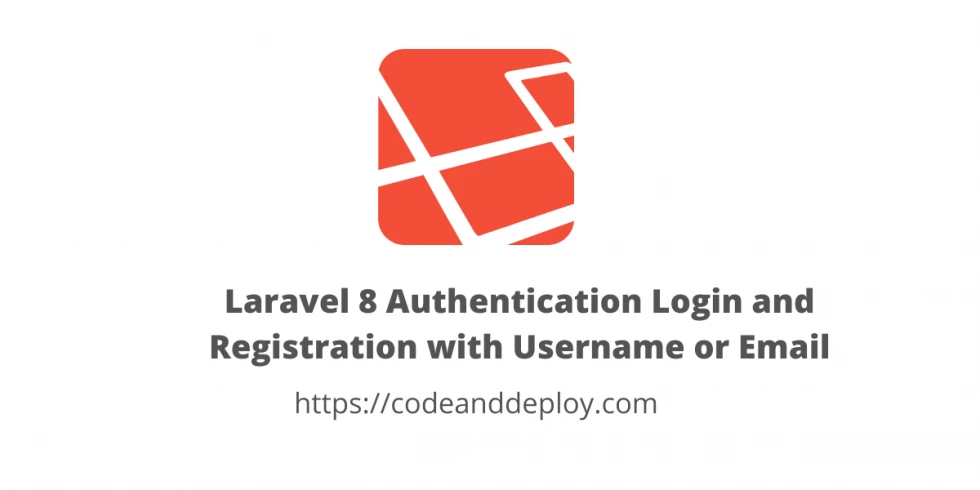

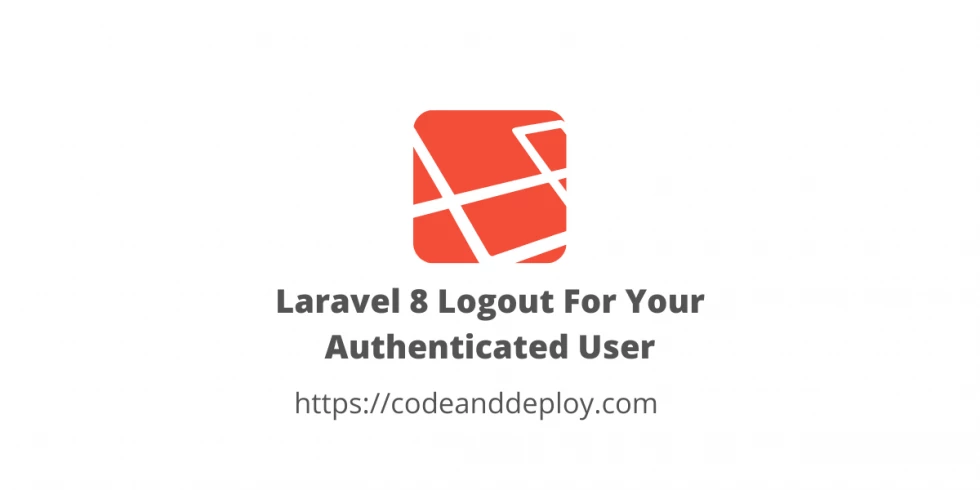

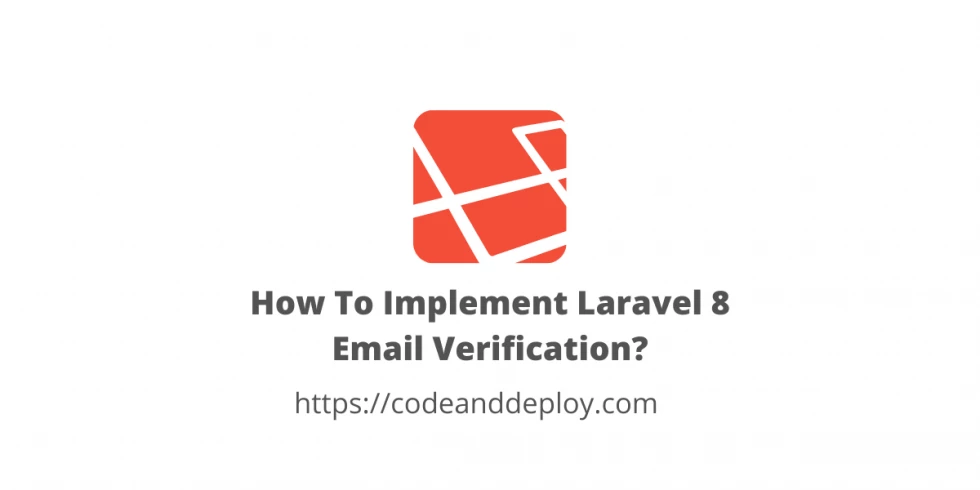
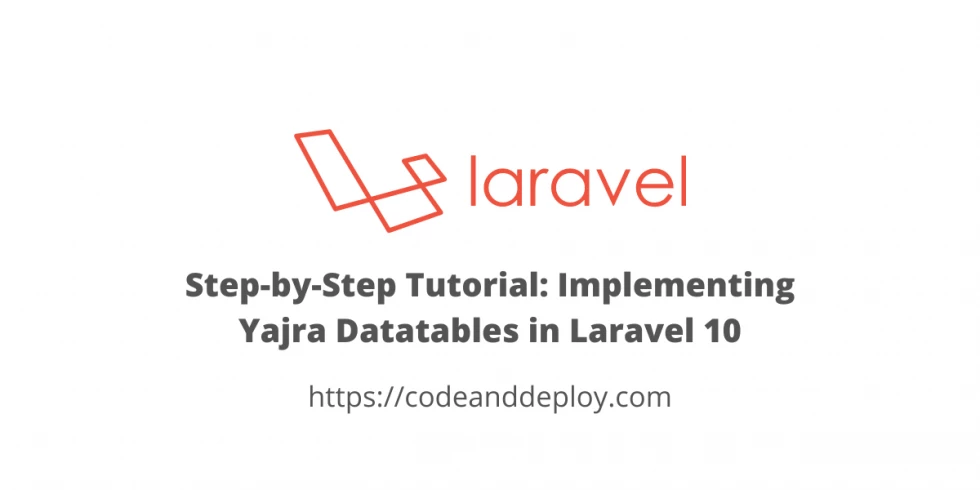
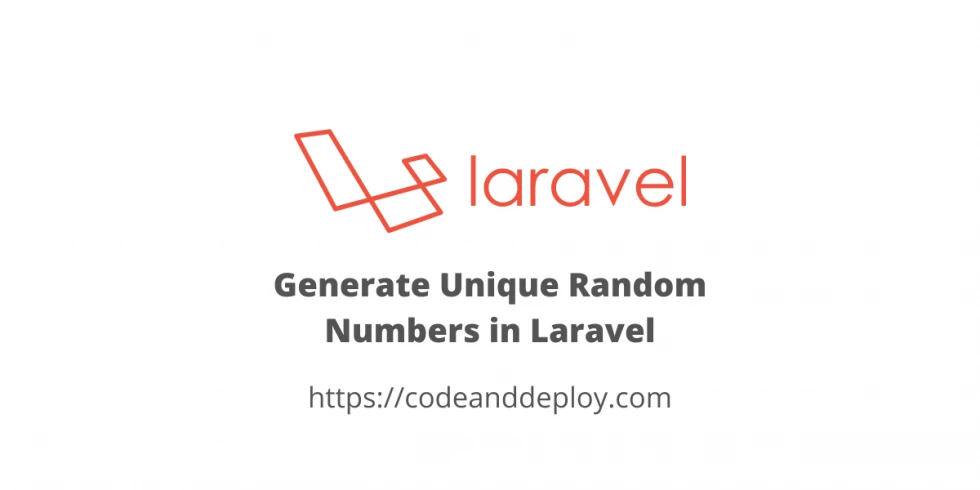

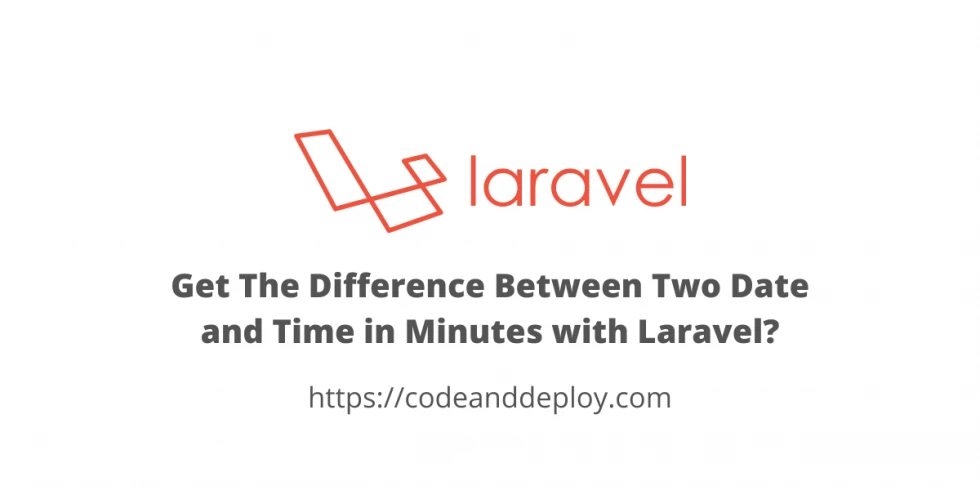
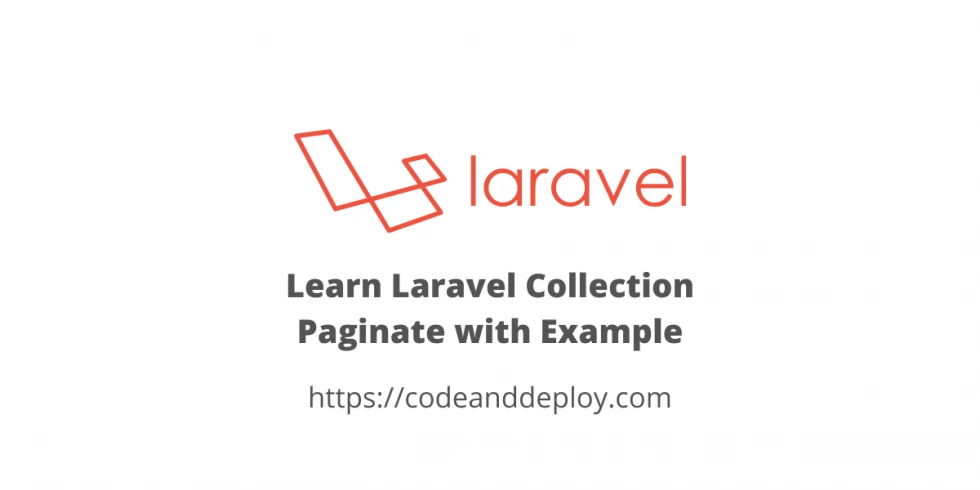
Leave a Comment